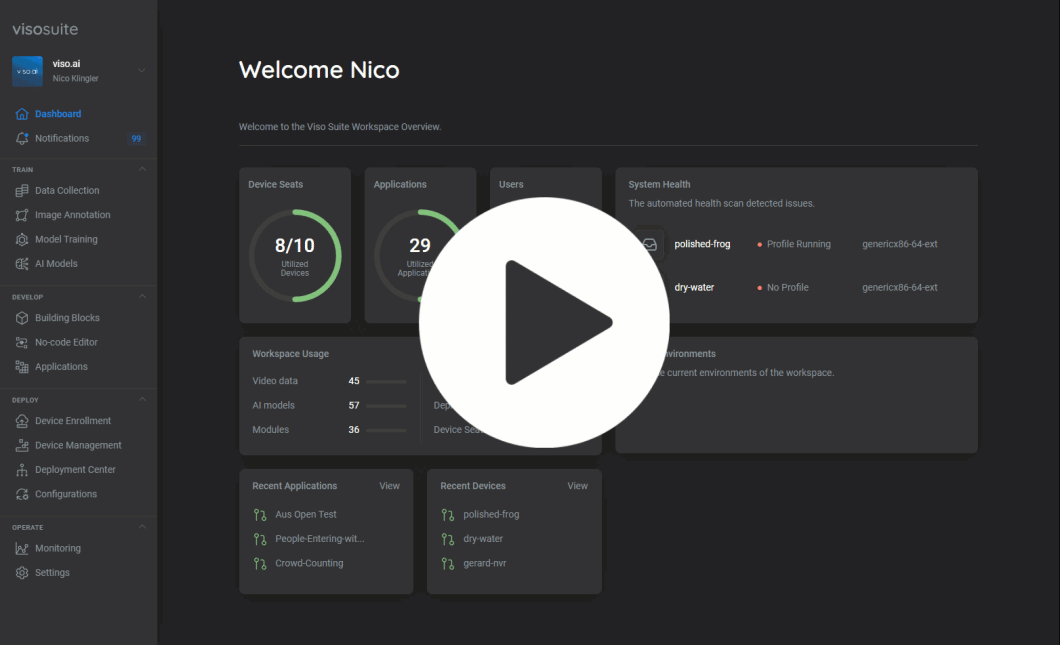We can learn a lot from swarm behaviors in nature. Nature agents like bees, birds, fish, and ants collaborate and share knowledge to complete certain tasks. The connected nature of these entities is classified as Swarm Intelligence (SI).
SI-inspired algorithms power various modern-day applications for task optimization and efficiency. This article will discuss the following:
- What is Swarm Intelligence?
- Major Characteristics of Swarm Intelligence
- SI-Inspired Algorithms
- Applications of Swarm Intelligence
About us: Viso.ai provides a robust end-to-end computer vision infrastructure – Viso Suite. Our software enables ML teams to train deep learning and machine learning models and deploy them in computer vision applications – end-to-end. Get a demo.
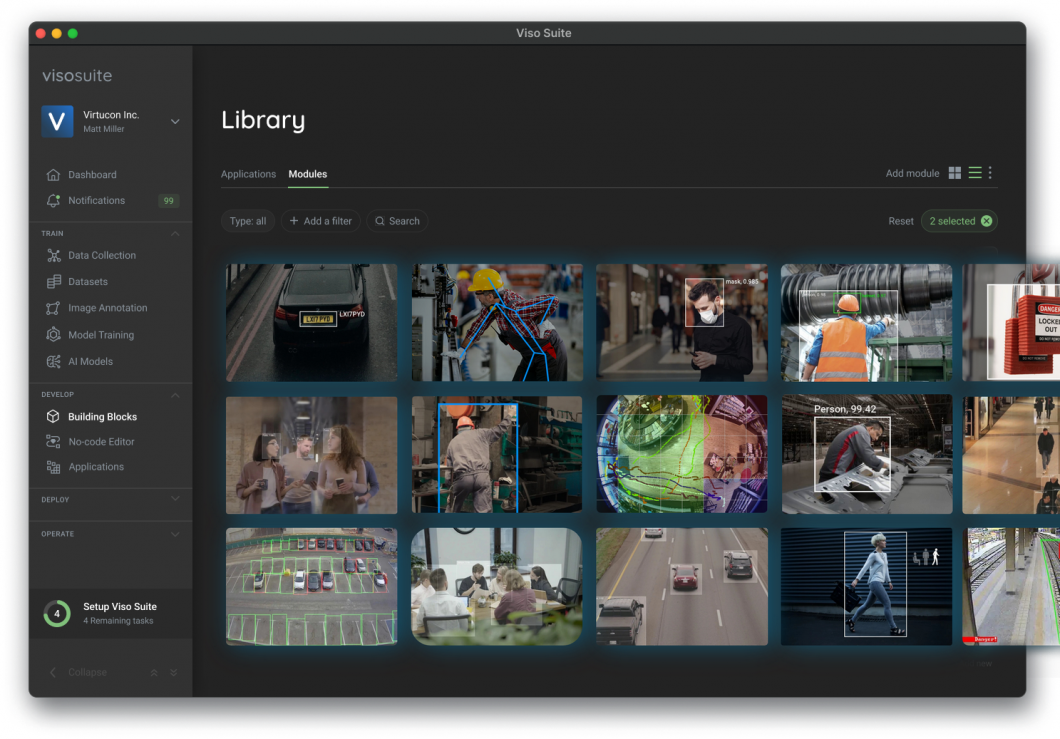
What is Swarm Intelligence?
Swarm Intelligence refers to the collaborative effort of a group of objects (humans, animals, robots, etc.) in completing a task. The concept is inspired by nature and was first introduced in 1989 by Gerardo Benny and Joon Wang for cellular robotics systems. It studies the decentralized and self-organizing structure of social organisms in nature.
Swarm intelligence follows the concept of ant colonies, bee swarms, and bird flocks, where a single task is distributed amongst multiple entities within a group. Since the task is now performed by multiple group members, the process is more efficient and the results are more accurate.
Developers introduce the concept of swarm intelligence in various modern-day tasks to improve efficiency and achieve great results.
Characteristics of Swarm Intelligence
An organism group must fulfill certain conditions to display swarm intelligence characteristics.
- Autonomy: Each object must operate independently of the other. This means that each swarm member must perform the given task without dependency on others. This allows the swarm to utilize their individual intelligence to solve the task at hand rather than having to follow any defined instructions. Autonomy allows the collective intelligence of the group to be used to improve the task outcome.
- Awareness: Members must be aware of each other’s presence and work. For example, in ant colonies, ants leave behind pheromones to guide others to the food source. Other ants can recognize these as signs from their fellow ants and guide themselves toward completing their task.
- Fault-Tolerant: The failure of a single member does not impact the efficiency or outcome of the others. If any member of the swarm drops out, the rest can continue their tasks without any setback. This ensures that the task is completed as long as one member remains.
- Scalability: The Swarm can adapt to growing needs and include new members to scale up the network. For example, if the food sources are insufficient in bee colonies, more bees will be assigned to fly out and search. This creates a scalable system that adapts to the swarm’s needs and maintains efficiency at all costs.
Swarm Intelligence Algorithms
The various agents in nature use their collective knowledge differently to fulfill different tasks. Advances in swarm intelligence take inspiration from these techniques and apply them to solving different real-world scenarios. Some of the key algorithms include:
Particle Swarm Optimization
Particle Swarm Optimization (PSO) relies on the collective intelligence of the entire network to improve a job’s output. The inspiration for this can be found in a flock of birds. When searching for food, each bird knows the best places to search. However, as a union, the birds are also aware of the knowledge of the others for other potential places to look in. This global and local knowledge allows them to optimize their search within the search space and reach the destination quickly.
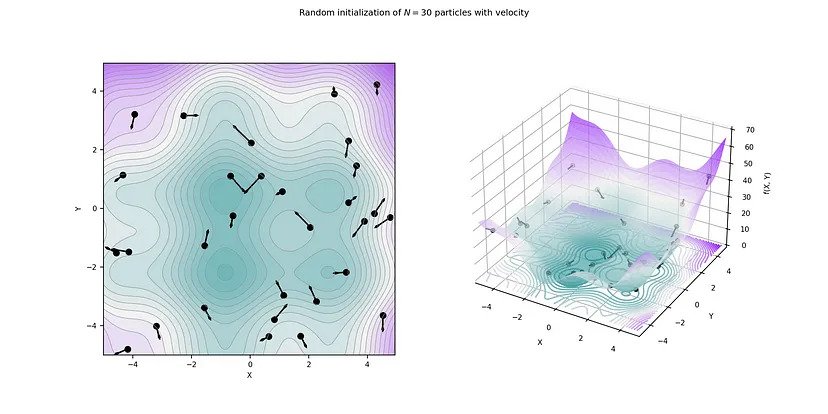
Algorithmically speaking, PSO allows the particles in a group to use the combined knowledge of the swarm. Each particle moves along the solution space, looking for a solution. They share their findings with other particles, allowing the rest to optimize their movement and converge on the solution quickly.
This algorithm is useful in various industries for process optimization. It improves the thermal recovery process in oil refineries. A swarm of agents estimates the best parameters for gas injection and steam temperature to maximize oil recovery. The manufacturing and construction industries use it to find the optimal raw material for building lightweight yet sturdy designs. Machine learning leverages PSO to optimize hyperparameter tuning and identify the best possible metrics for model training. It is also demonstrated in object recognition applications. The algorithm uses a reference image and N number of agents to look through sample images for the reference item.
Ant Colony Optimization
Ant Colony Optimization (ACO) takes inspiration from the traversal of ants searching for food. When a new colony is established, each ant will move in random directions in search of food. This is because, initially, there are no guiding pheromones, and each path has an equal probability of being optimal. Each ant takes a different route, leaving pheromones along its way. The longer path will take longer to reach the destination. Hence, the pheromones on it will have a longer evaporation time until the ant reaches the food.
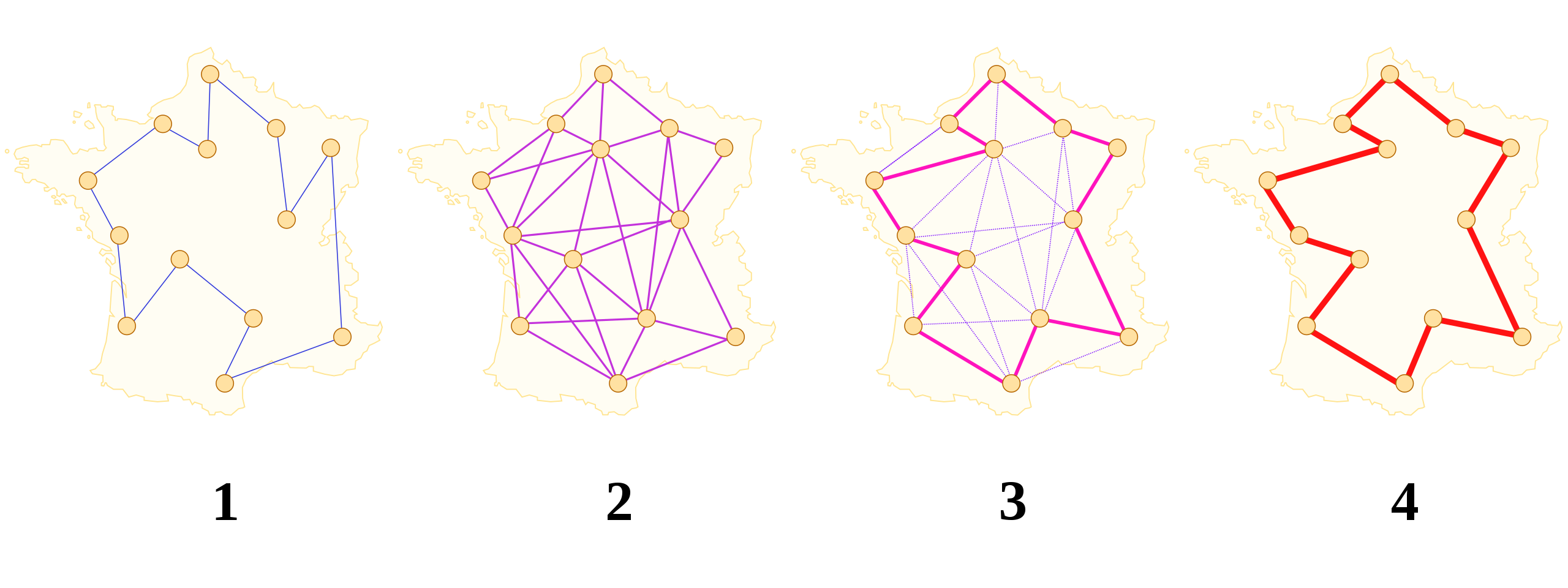
Once ants reach the food, they must transport it on the most efficient route. This is selected depending on the pheromone levels, which are higher on the shorter path. All ants will take the shorter return path, thus increasing the pheromone concentration. The increasing concentration will guide all ants to choose this path as the most optimal path.
Modern applications perceive the ACO algorithm as a graph problem. The ant colony and food are the nodes, while the paths are the edges. Each path is characterized by pheromone concentration (probability) and its length. A path with high concentration and shorter length is the optimal one. Another concept here is that pheromone concentration evaporates (over time). This prevents the ants (agents) from getting stuck in a local minima and allows them to continue exploring more options.
ACO is popular for graph-based applications, especially route optimization problems. It is popular for optimizing the traveling salesman problem (TSP) in finding the shortest route for any given map. TSP consists of a collection of cities, each connected by a route and associated with a travel time. The cities and routes are a collection of nodes and edges, and the objective is to find the shortest path to visit all cities.
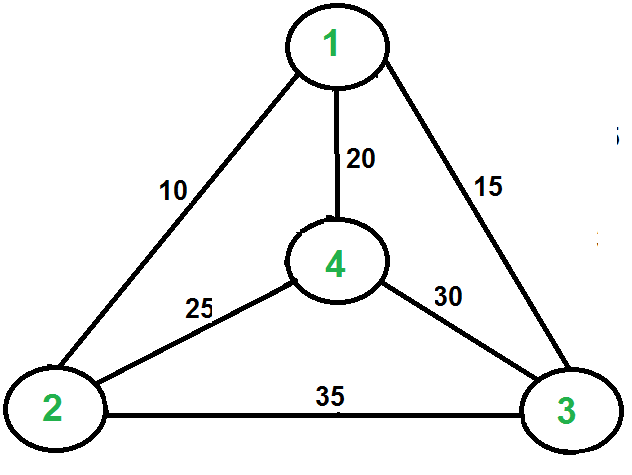
ACO simulates agents to traverse the graph and deposit pheromones accordingly. The ants randomly start from a city and move to another random one based on the distance and the pheromones deposited by the other ants. This is an iterative process as ants explore multiple routes, depositing pheromones as per their desirability. After various iterations, the paths between cities are optimized for future ants. This algorithm expands further to real-world scenarios, such as optimizing delivery routes for logistical operations.
ACO is also useful in edge detection applications. We consider the image pixels as notes, and the image itself is a map. The swarm agents (ants) are tasked with finding the optimal pixel-wise path that reflects the greatest change in intensity. After several iterations, the paths with the highest pheromone level display the edges of the image.
Bee Colony Optimization
Bee Colony Optimization (BCO) is similar to Ant Colony Optimization. However, instead of pheromones, the bees rely on information from a select group of bees regarding food sources. A small group (known as employed bees) randomly search for food and return to the rest with the following information about the food source they found:
- Distance to source.
- Direction from the beehive.
- Quality of food source.
The remaining bees, also called unemployed bees, use this information to determine the most suitable source for the hive.
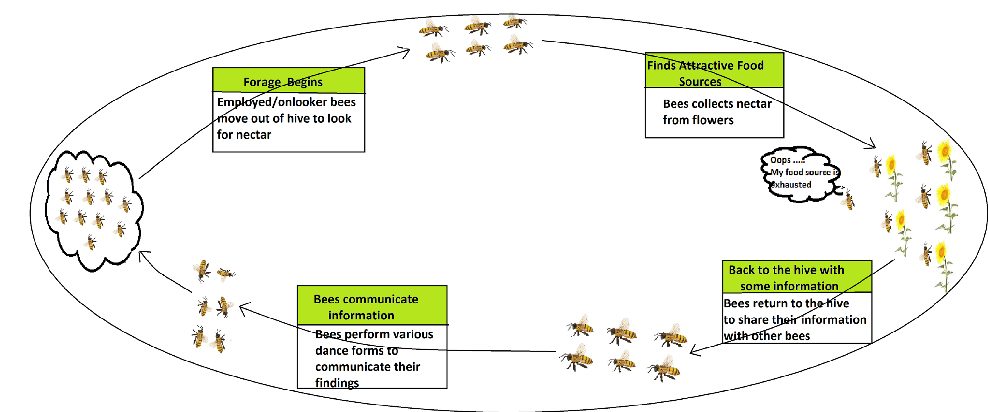
BCO helps find global optimal solutions for mathematical problems such as the Set Covering Problem (SCP). SCP aims to select a minimum-cost subset of columns (or sets) to cover all rows (or elements) in a given matrix. BCO randomly assigns bees to cells to figure out a solution. The worker bees iterate through the solution space to find the optimum of the SCP objective function. This iterative process helps identify the optimal cell placement configuration.
Similar approaches are useful in more practical applications like network routing configuration and image processing. It is popular for feature selection tasks, which help improve Computer Vision tasks like classification and recognition. The algorithm employs agents (bees) to search the feature space for the optimum features. The agents then share their findings regarding the quality of the features, and the algorithm further selects the best feature set for top performance.
Swarm Intelligence Real-World Applications
- Retail Logistics: Large retail chains use swarm intelligence to optimize the delivery routes for their vehicles. The algorithms use traffic data and swarm agents to explore multiple options and narrow down to the best possible solution.
- Network Routing: Swarm intelligence algorithms route internet and call traffic across the network. They use multiple agents to analyze routes for congestion and select the optimal (shortest and least congested) for operation.
- Human Resource Management: Bee-hive networks demonstrate resource allocation by assigning worker bees based on specific requirements. The SI algorithm helps allocate available workers in an optimized fashion for improved efficiency and utilization.
- Data Science: Data science problems usually rely on optimizing an objective function. The solution can take notoriously long, especially if various local minima exist in the solution space. Swarm intelligence uses the collective knowledge of various agents to reach a solution quickly. This method also finds optimal data clusters within a dataset. The agents test out various cluster configurations and evaluate them based on a criterion depending on the algorithm. They share this knowledge with others, and the combined information leads to the optimal cluster configuration.
- Machine Learning: Artificial Intelligence (AI) swarm intelligence algorithms are popular in optimizing hyper-parameter tuning. The algorithm finds the best possible configuration for efficient training and great results. Many agents try different configurations and validate the model to select the best one. Computer vision also utilizes BCO to select feature sets. These feature sets represent image information for further use in tasks like classification and recognition. The optimal feature set provides the best results in different conditions, such as varying scale, light, and noise.
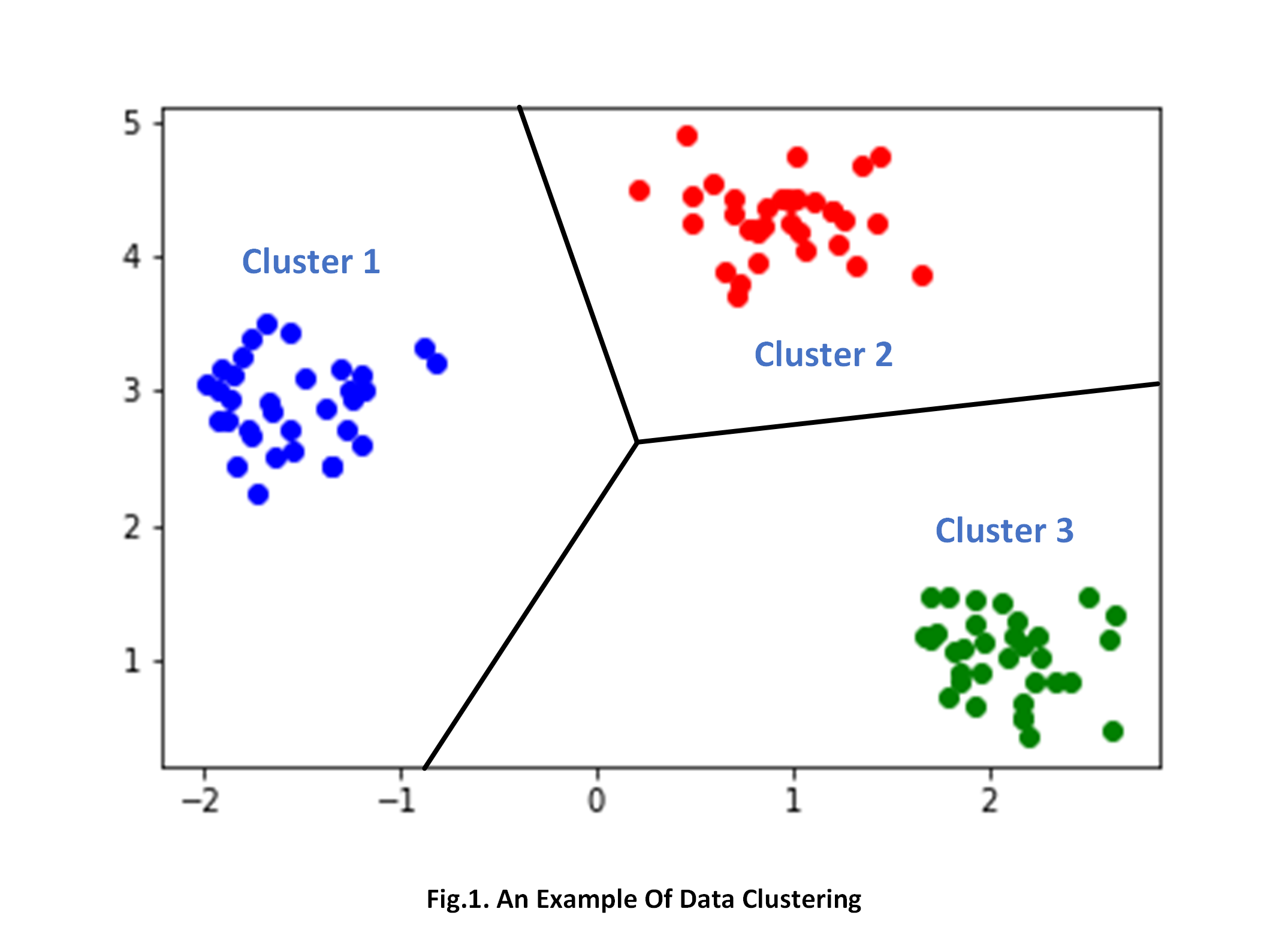
Swarm Intelligence: Key Takeaways
Swarm Intelligence has helped solve wide-ranging complex problems. Various industries utilize it to improve efficiency and resource utilization. Here’s what we learned in this article:
- Swarm intelligence takes inspiration from social groups in nature.
- It describes a decentralized, self-organizing structure of social entities.
- Characteristics such as Autonomy, Awareness, and Fault-Tolerance define Swarm Intelligence.
- Popular SI-based algorithms include Particle Swarm Optimization, Ant Colony Optimization, and Bee Colony Optimization.
- SI has helped solve problems like route management, network routing, solving mathematical problems, and optimizing machine learning algorithms
Here are some additional resources to catch up on the latest AI developments:
- Deep Belief Networks (DBNs) Explained
- Computer Vision for the Restaurant Industry – viso.ai
- AI Can Now Create Ultra-Realistic Images and Art from Text
- AI Software: 17 Most Popular Products
Apply Modern Computer Vision with Viso
Modern computer vision algorithms are complex and time-consuming. Finding the optimal state demands considerable trial-and-error and deployment is a challenge.
Viso Suite provides an end-to-end platform for creating and deploying CV applications. We offer a vast library of vision-related models with applications across various industries. We also offer data management and annotation solutions for custom training. Book a demo to learn more about the Viso suite.
